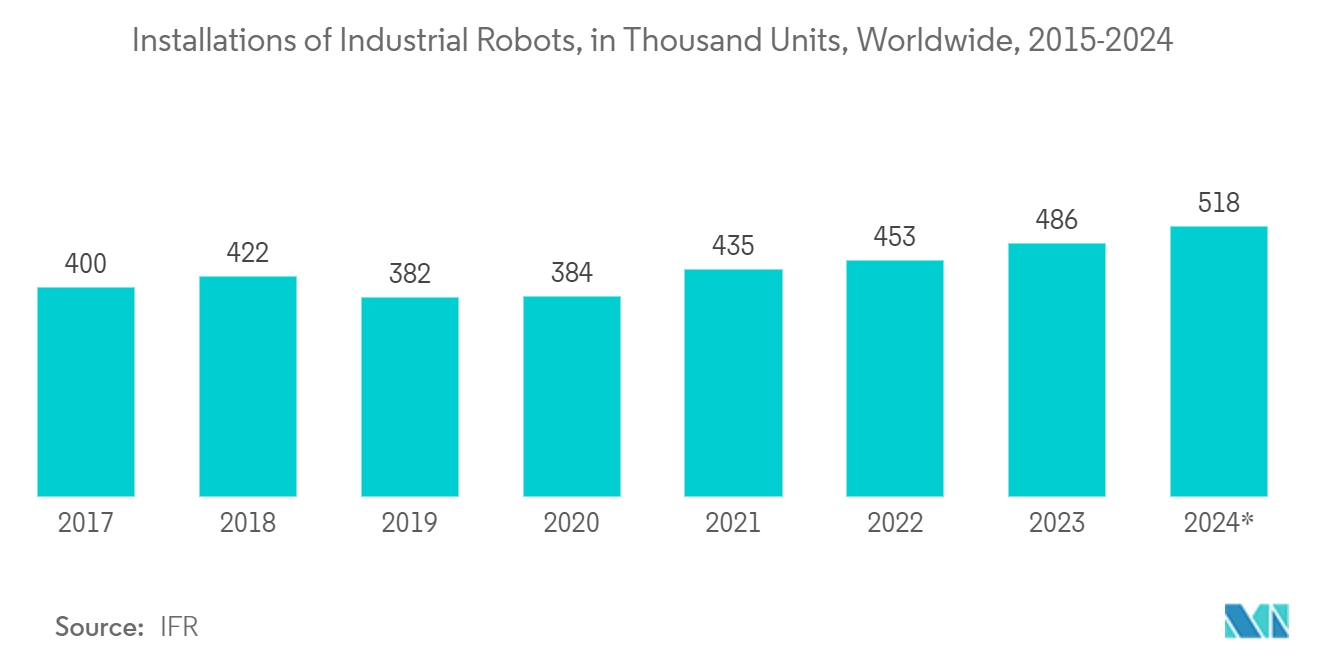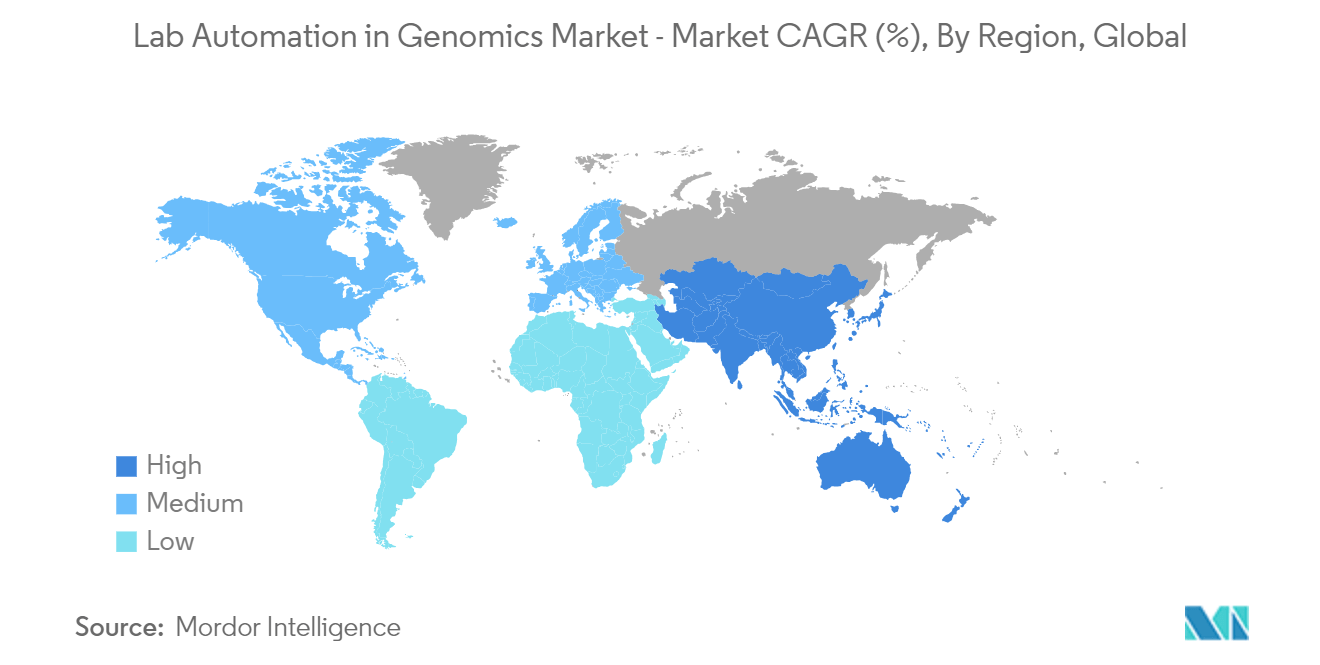Market Trends of Lab Automation In Genomics Industry
Automated Liquid Handlers to Witness High Growth
- In the genomics lab, cross-contamination is a significant issue that can be prevented by employing automated systems to manage the reagents and reaction mixtures. It is thought that eliminating human intervention leads to more consistency. Numerous technological developments in the plastics molding industry have decreased the number of chemicals needed and made it easy to handle smaller volumes of liquid. These developments have made it easier to create micro- and nanoliter plates that can work with automated liquid-handling machinery.
- Industry innovators have established the standard to create automated liquid handlers. To boost process productivity, these businesses consistently invest in designing quality products. As an illustration, Agilent's adaptable and space-saving automated liquid handling systems allow for streamlined sample preparation with consistently high accuracy. While retaining repeatability, automation enables labs to run more samples and free up manual labor.
- Additionally, the quick expansion of several clinical and pre-clinical trials across the globe, mostly in the US, has made the requirement for speed in sample analysis essential. The machines operate nonstop in clinical research and require sizable personnel to maintain proper operation. Additionally, the demand for early treatments and diagnostics grows as new diseases are discovered and old ones spread quickly. This is anticipated to accelerate the adoption of automated liquid handlers by raising the rate at which clinical diagnostic applications are made.
- Automated liquid handling robots disperse and sample liquids in tubes or wells and are frequently integrated as mechanical injection modules as the front end of liquid chromatographic systems. This kind of equipment can also include automated pipetting systems and microplate washers. These essential labor-saving tools provide accurate sample preparation for various bioassays, liquid or powder weighing, sample preparation, and high throughput screening/sequencing (HTC).
- The life science industry, in terms of automated liquid handlers, automated plate handlers, and robotic arms, among others, has had the third-highest growth in industrial robots, according to the Robotic Industries Association, to fulfill the demand.

North America Occupies the Largest Market Share
- North America has been a pioneer in clinical research for years. This region is home to some of the major pharmaceutical companies, like Pfizer, Novartis, GlaxoSmithKline, J&J, and Novartis. The region also has the highest concentration of contract research organizations (CROs). Some of the significant CROs are Laboratory Corp. of America Holdings, IQVIA, Syneos Health, and Parexel International Corp.
- Owing to the presence of all the major players in the industry and stringent FDA regulations, the market is very competitive in the region. To gain an advantage over competitors, the genomics research organizations in the region are increasingly adopting robotics and automation in labs.
- The genomic industry, especially in the United States, is still in its growing phase and is expected to grow at a fast pace over the coming years. The availability of new genome sequencing technologies, well-established healthcare infrastructure, and the increasing geriatric population are significant contributing factors toward the revenue growth of the market.
- In the United States, the need to accommodate growth and the drive to boost efficiency are priming blood centers to acquire fully automated walkaway systems, either to perform types and screens or to test specimens for infectious diseases or both.
- The US genomic industry is expected to grow at a fast pace over the coming years. The availability of new genome sequencing technologies, well-established healthcare infrastructure, and the increasing geriatric population are significant contributing factors toward revenue growth of the market. Additionally, the demand for precision medicines is rising in the country.


